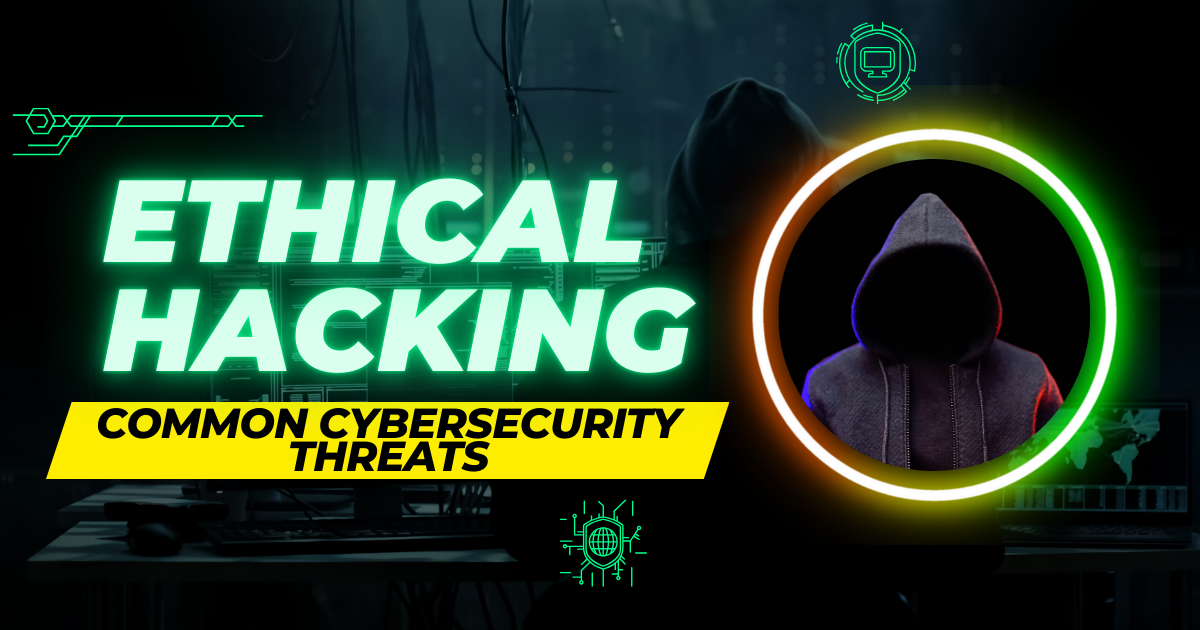Common Cybersecurity Threats You Need to Know: Malware, Phishing, and DDoS
 Devyush Raturi
Devyush Raturi
The digital landscape is fraught with perils, and understanding the common cybersecurity threats is crucial for both individuals and organizations. From insidious malware to deceptive phishing attacks and disruptive DDoS attacks, these threats pose significant risks to data, systems, and reputations. This article will explore some of the most prevalent cybersecurity threats, equipping you with the knowledge to recognize and mitigate them.
Malware: The Insidious Invader
Malware, short for malicious software, is a broad term encompassing various types of harmful programs designed to infiltrate and damage computer systems.
Viruses: Self-replicating programs that spread by attaching themselves to legitimate files. They can corrupt data, damage system files, and disrupt operations.
Worms: Self-replicating malware that spreads across networks without requiring user interaction. They can consume network bandwidth, overload servers, and cause widespread disruption.
Trojans: Disguised as legitimate software, Trojans trick users into installing them. Once installed, they can perform various malicious activities, such as stealing data, installing backdoors, or launching other malware.
Ransomware: Encrypts user files or locks down systems, demanding a ransom for their release. It can cause significant data loss and financial damage.
Spyware: Secretly monitors user activity, collecting sensitive information such as passwords, credit card numbers, and browsing history.
Adware: Displays unwanted advertisements, often bundled with free software. While not always malicious, it can be intrusive and slow down systems.
Phishing: The Art of Deception
Phishing is a social engineering attack that uses deceptive emails, messages, or websites to trick users into revealing sensitive information.
Spear Phishing: Targeted phishing attacks aimed at specific individuals or organizations.
Whaling: Phishing attacks targeting high-profile individuals, such as executives or CEOs.
Smishing: Phishing attacks conducted via SMS text messages.
Vishing: Phishing attacks conducted via voice calls.
Phishing attacks often involve creating fake websites that mimic legitimate ones, such as banking or social media sites, to steal login credentials.
DDoS Attacks: Overwhelming the Target
Distributed Denial-of-Service (DDoS) attacks overwhelm a target system with a flood of traffic, making it unavailable to legitimate users.
Volume-Based Attacks: Flood the target with a massive amount of traffic, consuming network bandwidth.
Protocol Attacks: Exploit weaknesses in network protocols to consume server resources.
Application Attacks: Target specific applications, such as web servers, with malicious requests.
DDoS attacks can disrupt critical services, cause financial losses, and damage reputations.
Other Common Threats
SQL Injection: An attack that exploits vulnerabilities in web applications to inject malicious SQL code into databases.
Cross-Site Scripting (XSS): An attack that injects malicious scripts into websites, allowing attackers to steal user data or hijack sessions.
Man-in-the-Middle (MitM) Attacks: An attack where an attacker intercepts communication between two parties, allowing them to eavesdrop or manipulate data.
Zero-Day Exploits: Attacks that exploit vulnerabilities that are unknown to software vendors.
Insider Threats: Security risks posed by individuals within an organization, such as employees or contractors.
Social Engineering: Manipulating individuals into revealing sensitive information or performing actions that compromise security.
Mitigation Strategies
Install and update antivirus and anti-malware software.
Use strong and unique passwords.
Enable multi-factor authentication (MFA).
Be cautious of suspicious emails, messages, and websites.
Keep software and operating systems up to date.
Implement firewalls and intrusion detection/prevention systems.
Educate users about cybersecurity best practices.
Regularly back up important data.
Implement a robust incident response plan.
Staying Informed
The cybersecurity landscape is constantly evolving, with new threats emerging regularly. Staying informed about the latest threats and mitigation strategies is crucial for protecting yourself and your organization. Regularly reading cybersecurity news, attending webinars, and participating in security training can help you stay ahead of the curve.
By understanding these common cybersecurity threats and implementing effective mitigation strategies, you can significantly reduce your risk of becoming a victim of cybercrime.
Subscribe to my newsletter
Read articles from Devyush Raturi directly inside your inbox. Subscribe to the newsletter, and don't miss out.
Written by
